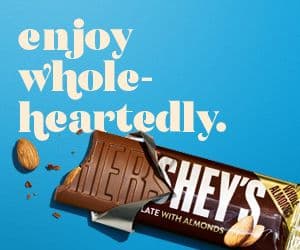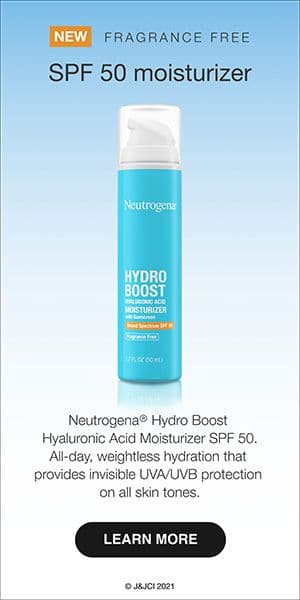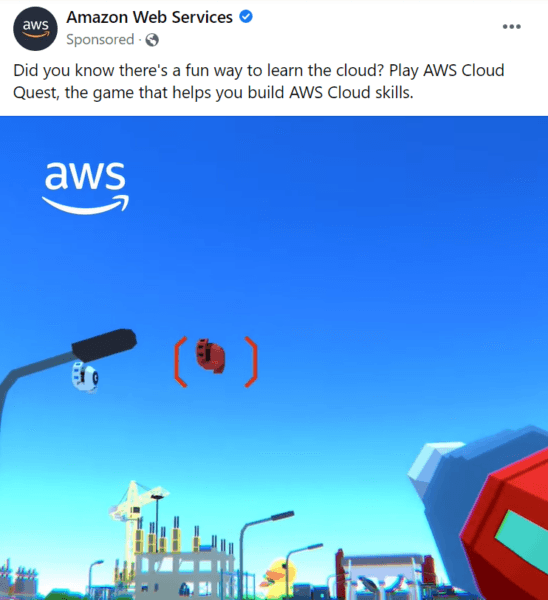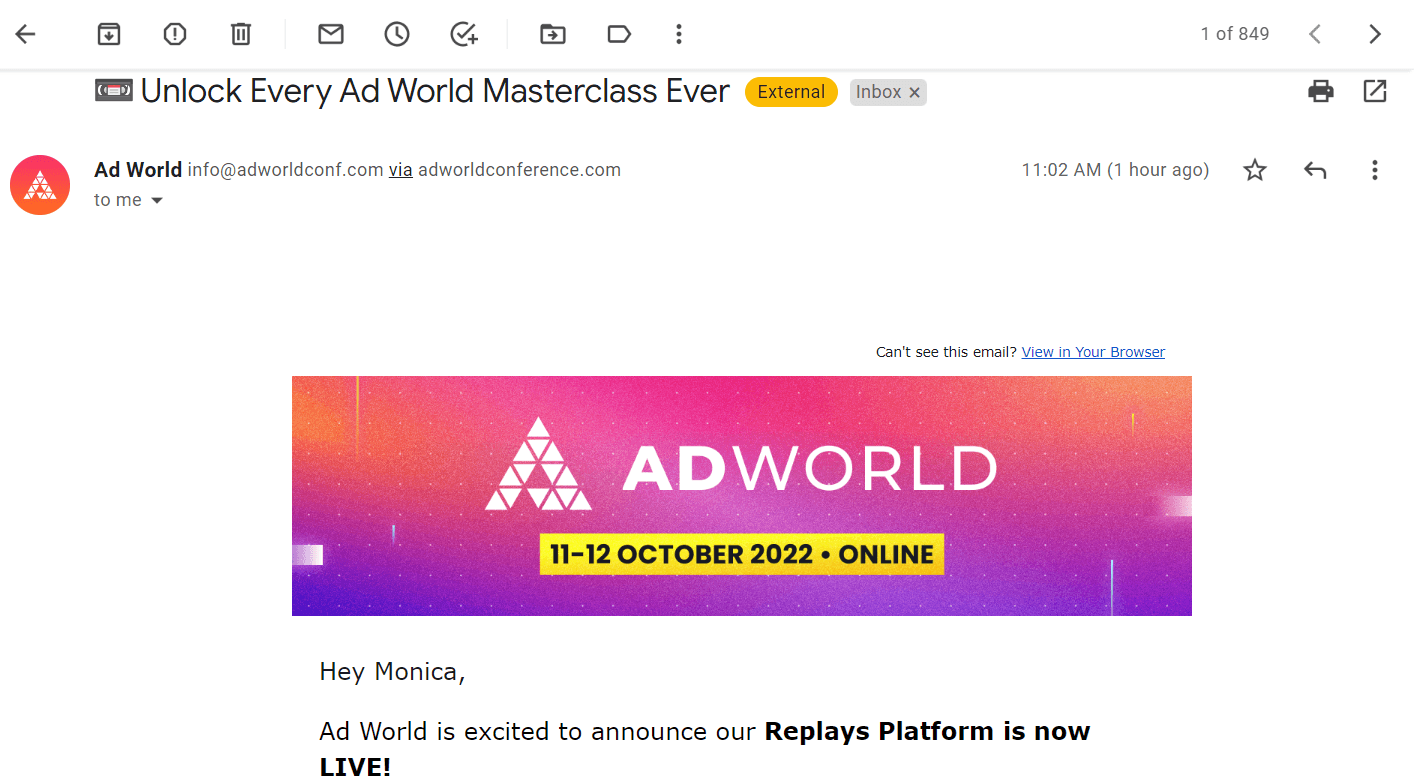The Ultimate Guide to Facebook Event Photo Sizes (2025 Update)
Diana Teslaru
Apr 15, 2025 - 9 min read
Are you an agency? Scale your team's work and impact with The Agency Package.

Whatever you are selling, the fact is, you need to advertise it.
Whether you are a small business, a prestigious brand, or a mainstream celebrity, people need to hear about what you have to offer. You can never rely on a good name or an aesthetically pleasing social media feed alone.
Just take a few moments and try to think of any brand or celebrity that sold a ton of their products AND turned a profit WITHOUT advertising them in any way, shape, or form.
Can’t think of one? You’re not alone.
Because you need to create shoppable ads. It’s what makes the difference between your business doing okay-ish and exceeding expectations.
In this guide, we will dive deeper into the world of product marketing. We will go over its key benefits and types using some product advertising examples. By the end, you will have a clear idea of what sort of product advertising options are out there and which ones suit your business best.
1. What is product advertising?
2. What Are the Benefits of Product Advertising?
3. What Are the Main Types of Product Advertising?
4. In Which Ways Can You Use Product Advertising?
5. How to Choose the Right Product Advertising Type?
6. Examples of Product Advertising
7. Conclusion
Product advertising is a marketing strategy that aims to promote and sell a specific product through various channels. These channels can be traditional mediums such as television, radio, and print, or digital platforms such as social media, display advertising, video, text message (sent through SMS messaging API or software), and email.
The ultimate goal of product advertising is to encourage consumers to make a purchase, by highlighting the benefits and unique features of the product, and differentiating it from competitors.
Whether you’re an established brand or a small business coming out with your first product, people need to know what you’re bringing to the table. You want to convince them that through your product, your brand is the real deal.
Product advertising allows you to step onto the stage confidently and tell everyone: “Hey guys, I have this really cool thing for you.” One way to start product advertising is by making a virtual business card and sharing it with everyone you meet at the product launch event.
Your product may have an endless list of benefits, but few people have the time or patience to sit down and read the list. Product advertising delivers the best pieces of information in quick, bite-sized chunks—enough to grab your customer’s attention without boring them.
Does your product have better ingredients or higher quality components than your competitor’s? A cleaner design? A better price?
Product marketing helps you make that clear.
Keep in mind that it’s never a good idea to name your competitors in your advertisements for several reasons:
A good product advertisement will communicate everything that makes your product unique without having to name another.
Product advertising is your chance to reach out to not just any audience, but your target audience.
Since product advertisements generally need to be quick and direct, you need to address your audience’s main pain points straight away. You need to laser-focus on what their needs are and how you can help them.
To make sure you are able to connect with your audience, it’s important to create a clear buyer persona in your marketing plan before you start thinking about advertisements. Having a clear picture of who you want to talk to will allow you to communicate with them much more easily. Aligning your product development steps with the insights gained from creating buyer personas ensures that your offerings directly address the needs and preferences of your target audience.
Good communication leads to a good relationship.
Product advertising is one of the many digital tools you can use to establish direct contact between you and your target audience. By effectively conveying the benefits and unique features of your product through advertisements, you can create a sense of trust and understanding with your customers. Monitoring the KPI for product development can provide valuable insights into the effectiveness and efficiency of your marketing efforts. This connection enhances customer satisfaction and increases their likelihood of repeat purchases and loyalty to your brand.
“Maybe she’s born with it. Maybe it’s __.”
If your mind automatically filled in the blank without me having to drop any hints about the brand name, then it means Maybelline did a good job at reinforcing its brand image in the advertisements.
And you can do that too.
Even something as simple as including your slogan or using your brand colors can help make people remember your brand.
We’ve established previously that a good product advertisement allows you to effectively and directly communicate with your target audience.
The cool thing about this communication is that it not only addresses your customer’s needs but it also reduces other people’s misconceptions about your product.
A good advertisement allows you to tackle questions or concerns head-on, without having to spend too much time on them.
In the realm of marketing, many advertising strategies can be used to promote products. Some strategies focus specifically on products, while others can be used for services or broader brand messaging. Let's look at which of these types are most closely aligned with product advertising specifically and how they apply:
Product advertising is a dynamic field that offers several effective ways for businesses to promote their offerings. Choosing the right advertising approach is crucial, as each category comes with its own set of benefits and challenges. It is important to select the methods that best align with your product, brand identity, and target audience. Here's a closer look at the four main ways of product advertising:
Television and radio offer traditional ways to reach broad audiences through:
The historical significance of TV and radio in the advertising world is profound. With the advent of radio in the 1920s, entities like the West of England Aerospace Forum (WEAF) realized its potential for mass communication. This led to the selling of broadcast time to businesses, a practice that television would adopt two decades later. The first TV commercial aired in 1941 on NBC for Bulova, an American watch manufacturer, featuring a visual of a watch superimposed on the USA map accompanied by the slogan: "America runs on Bulova time."
While online platforms have recently overshadowed TV and radio, these mediums are far from obsolete. Many people still incorporate watching TV and listening to the radio into their daily routines, making these channels viable for certain marketing strategies.
Print offers another traditional way to connect with audiences, including:
As the oldest form of advertising, its inception dates back to when the printing press was first introduced. William Caxton, who brought the printing press to England around 1476, is credited with creating the first printed advertisement. Today, print ads have evolved into more complex and visually appealing designs, but they remain a staple in marketing strategies, especially for local businesses and events.

Out-of-home (OOH) advertising encompasses all the advertisements that we see outside of our homes, offering creative ways to catch people's attention:
OOH advertising allows for creativity beyond the typical advertising box. A prime example of OOH's potential is New York City's Times Square, which sees hundreds of thousands of pedestrians daily, making it an ideal spot for high-impact advertising campaigns.
Over time, online advertising has become more sophisticated, more targeted, and undoubtedly more creative. The digital boom of the 1990s introduced numerous new ways to advertise. Digital marketing is now a crucial tool for identifying your audience and reaching consumers likely to purchase your products.
The first-ever online banner ad appeared on HotWired in 1994, marking the beginning of what would become a highly sophisticated and targeted approach to digital marketing. Today, online advertising is tailored to reach specific demographics, making it a crucial tool for modern marketers.









Here are some other product advertising examples that take advantage of video's great potential.
Newsletter:

Sponsored email ads:

There is no product without its advertising. If your brand releases something that will change the world, people need to hear about it first.
Although the product advertising landscape has changed and will continue to change, it’s clear that it will always be an essential tool to sell well.
What type of product advertising will you be using?
7 days free on us
Let's put these insights into action. Build, scale, and automate campaigns with AI-powered workflows.
Diana Teslaru
Apr 15, 2025 - 9 min read
Claudia
Mar 27, 2025 - 22 min read
Diana Teslaru
Jan 5, 2025 - 7 min read
Loredana Harsana
Dec 19, 2024 - 8 min read